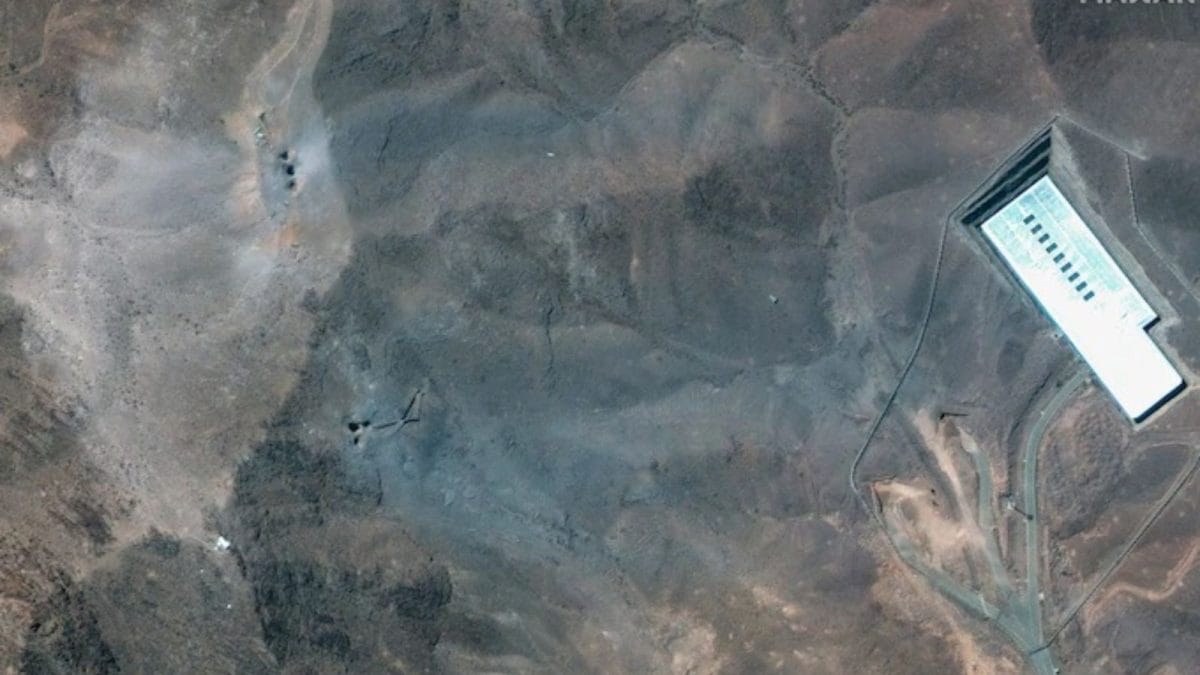ARTICLE AD BOX
The Indian Army has begun a third evaluation of Agniveers recruited in 2023, including those who served in Operation Sindoor, to shortlist candidates for permanent induction.

Agniveers recruited in 2023, including those who served in Operation Sindoor, to shortlist candidates for permanent induction.
The Indian Army is conducting the third evaluation of its first batch of Agniveers, recruited under the Agnipath scheme in January 2023 for their potential permanent induction into the armed forces.
Approximately 3,000 Agniveers who participated in Operation Sindoor are also undergoing evaluation in this phase. Their performance during the operation where they played key roles in India’s military response to cross-border missile and drone attacks will be factored into their assessment.
The evaluation, now underway, marks the third of four critical assessments that every Agniveer must face during their service. According to Army sources, the process is being carried out with complete transparency to ensure only the most capable and deserving candidates secure permanent positions.
Under the Agnipath scheme, Agniveers are assessed at four distinct stages at 31 weeks, 18 months, 30 months, and 42 months of service. The third stage, currently ongoing, evaluates soldiers on multiple parameters including drills, physical fitness, and weapons handling. Notably, to maintain impartiality, the unit where an Agniveer is posted does not conduct his evaluation.
Each Agniveer is given three chances during the first test, with the highest score being counted. In the subsequent assessments, they receive two chances per test.
Agniveers also have access to their mark sheets, reinforcing the transparency of the process. Those deployed in remote and high-altitude areas like Siachen and Ladakh are attached to nearby Corps Battle Schools or rear units to facilitate the testing process.
During Operation Sindoor, Agniveers proved their mettle in frontline air defence roles. These young soldiers operated advanced systems like Pechora, Schilka, OSA-AK, Strela, and Tunguska, alongside medium-range surface-to-air missile systems.
Many served as gunners, fire control operators, and communication specialists, and also drove heavy-duty, missile-mounted vehicles. The Akashteer air defence network, pivotal in the operation, was successfully manned and operated by these Agniveers.
The Indian Army has built provisions to recognise acts of bravery and sporting excellence under the scheme. Agniveers awarded the Sena Medal or higher gallantry honours like the Ashoka Chakra, Kirti Chakra, or Shaurya Chakra are guaranteed permanent recruitment. A 'mention in dispatch' adds 25 bonus marks to their evaluation.
Sports achievements will be equally acknowledged. Representing India at the international level will ensure direct permanent recruitment, while participation in national or service-level competitions grants 10 and 6 bonus marks, respectively.
All evaluation scores will be finalised by October 2026. The first Agniveer batch will complete their tenure in January 2027. After their final medical test, 25 per cent of the batch based on merit will be selected for permanent induction.
Selected candidates will be notified within seven days of discharge and must report to their regimental centre within 30 days. Failure to report will result in disqualification, and the vacancy will be filled by the next eligible candidate on the merit list.
Unlike the pre-Agnipath recruitment system, which ensured 15 years of service and post-retirement pension, Agniveers do not receive pensions unless selected permanently. The 25 per cent inducted for long-term service will serve a minimum of 15 years. Permanent recruitment will be based on individual arm, service, and trade, with merit lists drawn separately for each category.
- Ends
Published By:
Akshat Trivedi
Published On:
Jul 4, 2025



.png)
.png)
.png)
















 7 hours ago
6
7 hours ago
6










 English (US) ·
English (US) ·